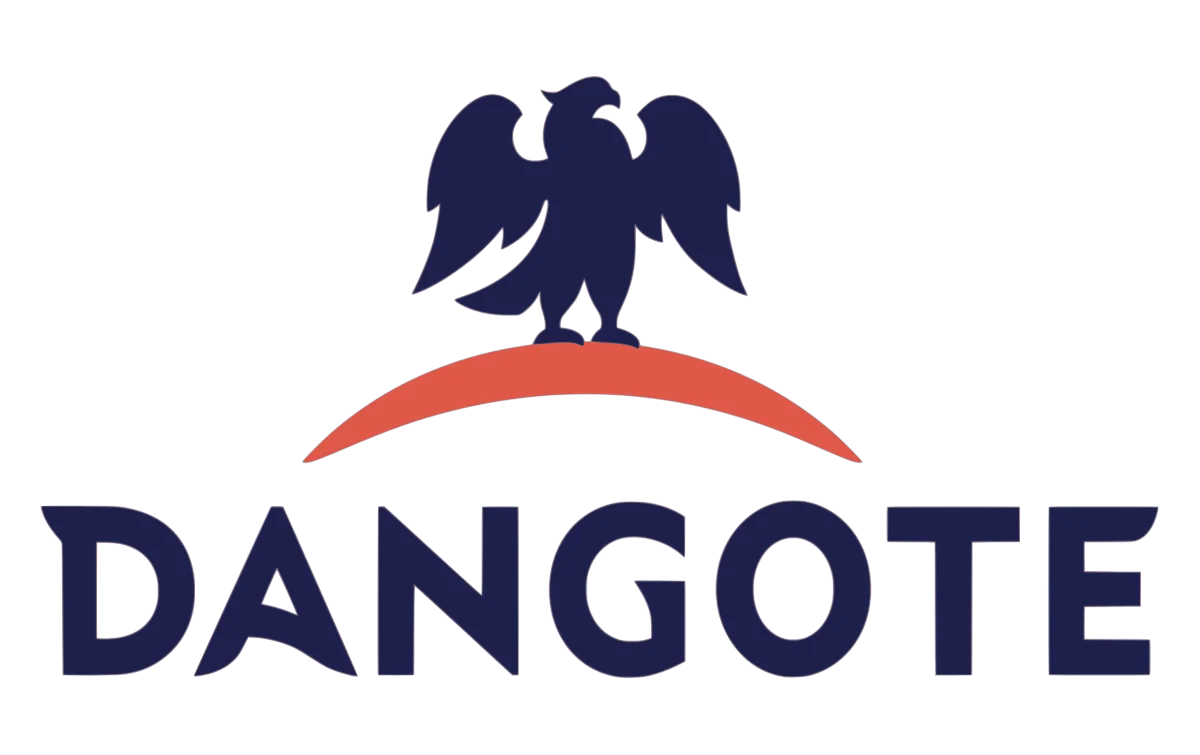
Minister of Petroleum; Alison Madueke
As the price of crude oil dropped from $115 per barrel in June 2014 to less than $60 in December, a new report by Wood Mackenzie indicates that the spot price of Liquefied Natural Gas (LNG) also crashed from a peak of over $20 per million British Thermal Unit (mmbtu) in February 2014 to less than $10 per mmbtu in November 2014.
Since October 12, 1964 when ‘Methane Princess’ delivered the first LNG cargo to United Kingddom’s Canvey Island regasification terminal, the LNG business has expanded from a single trade between Algeria and the UK to over 400 trade routes, involving 45 countries.
Also from October 1999 when Nigeria exported its first cargo through the Bonny Island plant of the Nigeria LNG Limited, the company has since shipped over 3,000 cargoes to its customers in Europe, America and Asia, converting over four trillion Cubic Feet (tcf) of associated gas to LNG and Natural Gas Liquids (NGLs) for both export and domestic uses.
The LNG produced from NLNG’s six trains had accounted for about 10 per cent of the global LNG market and this growth between 1996 and 2008 earned NLNG the record as the fastest-growing LNG project in the world.
To strengthen her global market share and possibly occupy the second –largest LNG exporter after Qatar, the country had targeted to build Olokola LNG and Brass LNG projects, as well as additional Train 7 in NLNG.
However, rather than pushing ahead with these projects, uncertainty of the operating environment made investors to put these projects on hold.
Nigeria’s lost opportunities went elsewhere as LNG from other countries, especially in Europe’s North Sea, Indonesia, Malaysia, Qatar and Algeria, got to the global market and weakened Nigeria’s market share, reducing it from 10 per cent to seven per cent.
Wood Mackenzie said in its annual review released yesterday that as the LNG industry celebrated its 50th birthday in 2014, the industry may have matured, but still not short of surprises.
According to the report, lower demand from Asia contributed to the crash in LNG spot prices last year by about 50 per cent.
While 30 mmtpa of new production capacity took Final Investment Decision (FID) in 2014, Asian spot LNG prices peaked at over $20 per mmbtu but fell to under $10 per mmbtu
South Korea also imported nine per cent less LNG in 2014 than 2013, while Papua New Guinea (PNG) exported 3.7 million tonnes in first seven months of operation, operating at close to 90 per cent of nameplate capacity.
Also in 2014, 67 new LNG ships were ordered, topping the previous peak of 52 ordered in 2011
Wood Mackenzie’s Principal Analyst, Mr. Giles Farrer, said global LNG production was up five million metric tonnes per annum (mmtpa) to 246 mmtpa and overall trade was boosted by higher levels of re-exports.
“But the big surprise was that Asian LNG demand was much lower than expected. Demand in emerging markets, like China, failed to grow to the extent anticipated and demand in the established South Korean market fell considerably,” he said.
“Prices dropped in the summer as new supply from PNG LNG and reduced Asian demand left the Pacific basin long supply. Then fell further - as Brent oil tumbled from $110 per barrel in August to below $60 per barrel in December,” Farrer added
As Wood Mackenzie’s report shows, 2014 was the year in which the long awaited wave of new Pacific supply started to arrive.
The report noted that PNG LNG, a $19 billion liquefied natural gas project by ExxonMobil in Papua New Guinea (PNG) began production in May, and had a phenomenal year, reaching full capacity from both trains in five months.
This, according to the report, was in marked contrast to Angola LNG, which despite only starting up in June 2013, was shut in May 2014 for extensive repairs.






















